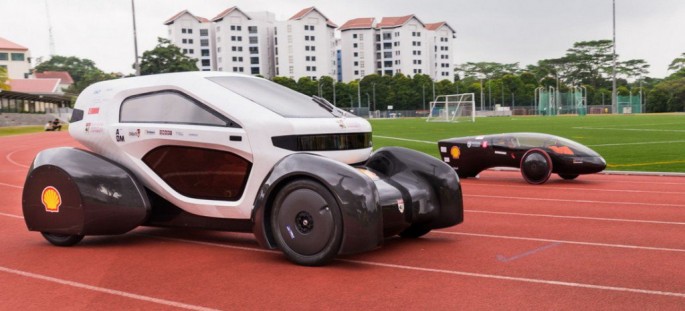Spider silk has always been considered as the strongest naturally occurring material known to man. Recent discovery, however, reveals limpet teeth to be a lot stronger than the arachnid's web.
"Until now we thought that spider silk was the strongest biological material because of its super-strength and potential applications in everything from bullet-proof vests to computer mechanics," commented Asa Barber, Portsmouth's professor who led the study, in a report by Reuters.
In a study conducted at the University of Portsmouth, a team of researchers examined the detailed mechanics of limpets' teeth by pulling apart its composition all the way down to atomic level.
The study revealed that the teeth of this snail-like animal actually contain a stronger mineral otherwise known as goethite. Fibers of this mineral have the right size to form a better and more resilient composite structure
"Biology is a great source of inspiration as an engineer," Barber said. "These teeth are made up of very small fibers, put together in a particular way and we should be thinking about making our own structures following the design principles", he added in a report by the BBC.
The research team believes that this biological material is a lot stronger than Kevlar and can almost go head to head with the high-performance carbon fiber materials.
This alternative material, as the scientists claimed, could be used to build sturdier cars, boats, and even planes of the future.
This discovery means that the fibrous structures found in limpet teeth could be synthesized for "high-performance engineering applications such a Formula 1 racing cars, the hulls of boats and aircraft structures", Barber added.
Limpets are shoreline creatures that utilize high-strength teeth to stick over rock surface and feed on algae during high tide.



























